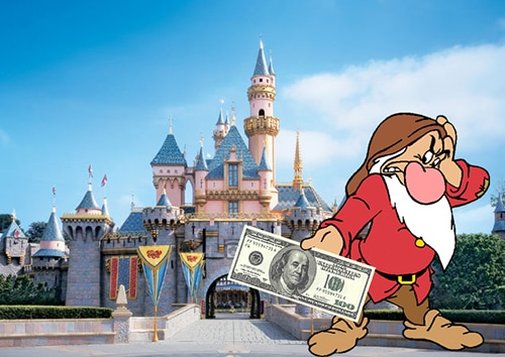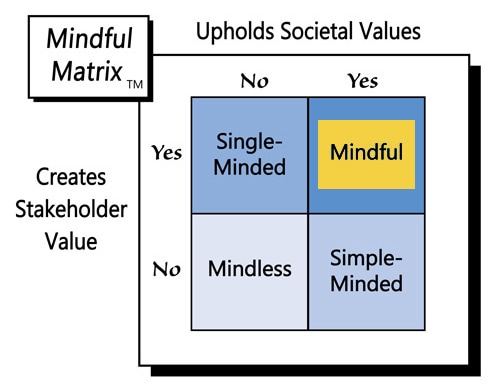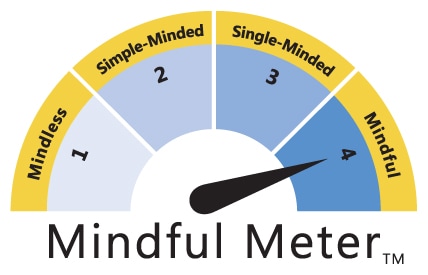About two weeks ago, Disney enacted the increases, which averaged around $5 for each one-day adult ticket. In Orlando that means a peak-time time ticket for either Animal Kingdom, Epcot, or Hollywood Studios now costs $114 per day. That price is low, however, compared to tickets for the Magic Kingdom and Disneyland in California, which now set a park-goer back $124 each.
It’s important to note that these rates represent the upper end of the price range. Because the company utilizes variable pricing, off-peak midweek tickets run about $17 less in Orlando and $27 less in California. Also, tickets for children between the ages of three and nine cost a few dollars less.
In addition, Disney offers a variety of deals that provide discounts for multiday passes and hotel-park packages. For instance, a five-day pass to Walt Disney World can come in as low as $74 dollars per day. Similarly, one specific vacation package promises the following:
“Enjoy a wide range of must-do experiences at all 4 Walt Disney World theme parks with a 4-Park Magic Ticket and 4-night accommodations nearby at select Walt Disney World Good Neighbor Hotels, packages starting at $1,675 for a family of four.”
Granted, Disney is promoting the entry-level package, but still, that breaks down to about $105 dollars per day, per person, for park admission and overnight accommodations.
So, there are some options that are cheaper than paying $124 for a one-day park pass, yet there’s no getting around the fact that a Disney park experience demands a considerable chunk of change, which leads to the question: Should Disney be charging so much for family-friendly entertainment?
The first consideration in answering this question is supply and demand. When organizations produce goods or provide services that are very unique and very desirable, people will really want to purchase them, which puts upward pressure on prices, especially when supply is very limited. Shouldn’t, then, Disney increase supply in order to help itself and consumers?
Actually, Disney has done that. Over several decades in Orlando, the company has added three major theme parks (Epcot, Hollywood Studios, and Animal Kingdom) as well as Downtown Disney and a variety of smaller attractions. All the while, demand for Disney entertainment has continued to grow. Price increases, then, are another way of keeping demand in check: Some people will not want to pay the higher prices, leading them to opt out, which makes waiting times, etc. more manageable for those still visiting the parks.
Certainly, Disney’s Parks and Resorts bring in a boatload of money: $16.97 billion in revenue, according to the company’s 2016 annual report. Providing so much magic, however, comes at considerable cost, including expenses for things like employee wages, property maintenance, energy, and insurance. Those costs and others totaled about $13.68 billion for the same fiscal year.
“But, wait a minute,” some may be thinking. “That leaves operating income of around $3.29 billion. Why do Disney Parks and Resorts need to make that much money?” Well, exactly how much this business unit needs to make is debatable. The thing, though, is that the Walt Disney Company as a whole has 1.58 billion shares of stock outstanding, with a market cap of over $175 billion. As a publicly-traded company, Disney must provide an adequate return on investment for its shareholders, which means being more than marginally profitable.
It also can be helpful to look at Disney park prices in comparison to other entertainment costs. The price of a one-day adult ticket to Universal Studios in Orlando is $105, while a children’s ticket costs just $5 less. If one is more interested in sports, tickets for section 106 of the Amway Center, home of the Orlando Magic, range from $129.50 to $337.25 each. Or, tickets for a concert by Frankie Valli & The Four Seasons at the Dr. Phillips Center for the Performing Arts in Orlando start at $59.
Of course, there are many other types of entertainment that cost considerably less. Catching a movie or playing mini golf might come in under $10. Ultimately, the question becomes one of costs versus benefits. Although a Disney park ticket might cost 10 times the price of mini golf or a movie, it could easily produce more than 10 times the benefits because of the very unique things one can see and do at Disney, not just for a couple of hours, but for an entire day.
It’s also important to remember that paid-for entertainment is not a necessity. People can survive without any entertainment, although it does make life much more enjoyable. Moreover, there are plenty of recreational things that can be done for free, e.g., a stroll through a park or a conversation with friends. So, Disney can’t be accused of price gouging.
Speaking of free, I know from personal experience that it’s possible to enjoy Disney parks without paying anything. A few years ago our family visited Disney World in Orlando for several days and experienced all four of the major parks at no cost. We got all of our tickets for free thanks to a Disney cobranded credit card we used to save Disney reward points for several years before redeeming them on the park passes. Enjoying Disney and paying nothing is truly magical.
Price increases are something that consumers almost never want, but we should realize that companies need to cover rising costs, provide adequate returns to investors, and manage demand, especially for very unique goods and services that are in limited supply. Yes, a visit to the Magic Kingdom, etc. can be expensive, but the fact that so many people are eager to pay those prices suggests that Disney parks continue to be a great value. Creating happiness at a relatively high price is still “Mindful Marketing.”
Learn more about the Mindful Matrix and Mindful Meter.
Check out Mindful Marketing Ads and Vote your Mind!




 RSS Feed
RSS Feed